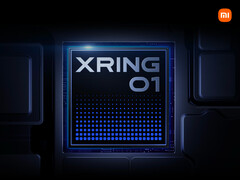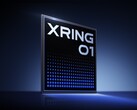The Xiaomi Xring O1 made quite the splash when it managed to trade blows with Qualcomm's Snapdragon 8 Elite in Geekbench. That is no small feat because even established players like Samsung have a hard time doing it, but one can chalk that down to Samsung Foundry being behind TSMC. Now, we get an in-depth look at Xiaomi's offering thanks to Geekerwan and Kurnalsalts.
The Xiaomi Xring O1 has a die area of just 114.7 mm2, of which 109.5 mm2 is used. That makes it about as small as the Apple A18 Pro. This was possible because it was manufactured on the same TSMC N3E node used by Apple, Qualcomm, and even MediaTek for the Dimensity 9400.
On the actual die, most of the area is taken up by its 10-core CPU with two Cortex-X925, four Cortex-A725, two Cortex-A725 cores and two Cortex-A520 cores. Then there's 16 MB of dedicated L3 cache for the CPU and a few other caches for other cores. Next to the CPU, we can see the Xiaomi Xring O1's 6-core NPU with a 16 MB cache. The company hasn't specified if the NPU is also self-developed or licensed IP from another manufacturer.
Lastly, the GPU is an off-the-shelf Arm Immortalis-G925 MP16 and the ISP is likely an in-house design from Xiaomi. Lastly, the Xring O1 comes with LPDDR5T-9600 modules. Design-wise, the Xiaomi Xring O1 is similar to its rivals from Qualcomm and MediaTek. However, one component is nowhere to be found: the 5G modem. It is rumoured to use an external radio from MediaTek. It isn't located on the actual die itself, and likely a contributing factor to why its size is so small.
















